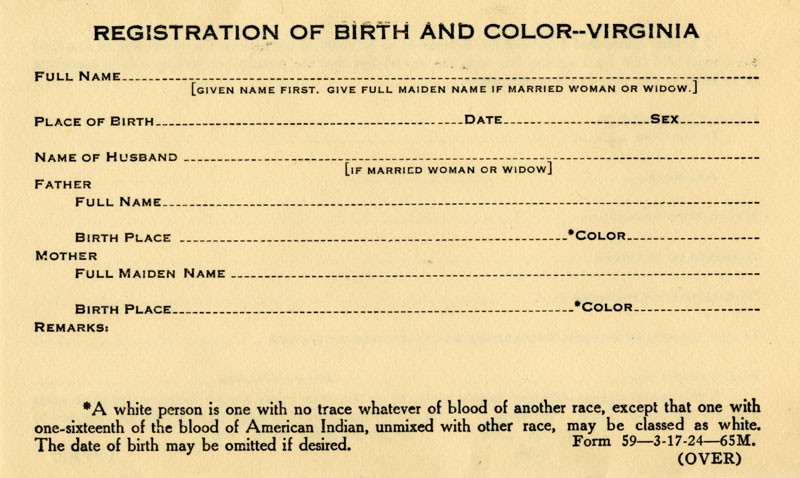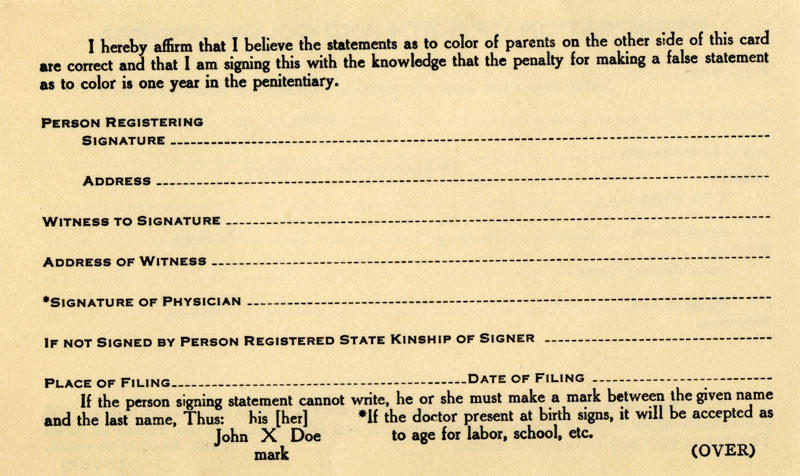New Orleans and the African DiasporaPosted in Articles, History, Louisiana, Media Archive, Slavery, United States on 2013-01-15 20:05Z by Steven |
New Orleans and the African Diaspora
American Historical Association
From the Suppliment to the 127th Annual Meeting
2012-12-23
Laura Rosanne Adderley, Associate Professor of History
Tulane University, New Orleans, Louisiana
Many people conceptualize the study of the “African diaspora” as focused on black experience beyond or separate from “African American” experience in the United States. But black experience in the United States fits fully within the wider African diaspora. Similarly, while black populations in New Orleans shared many—perhaps even most—of their experiences with the rest of the United States, they also lived through distinctive waves of multiple European colonizers and black and white emigration, with the concomitant rise of locally specific cultural production, social experience, and racial norms.
Africans in Early New Orleans
The city’s distinctive place in the development of African diaspora history and culture in the Americas began with the arrival of over 5,000 enslaved Africans in the first decade after the city’s founding in 1718. Legal enslavement of Africans and their descendants would continue in the city until the Civil War a century and a half later. Over the course of that period, people of African descent, both free and enslaved, regularly made up one third or more of the city’s population. A second large influx of new African arrivals came in the 1780s, halfway through the period from 1763 to 1802 when the city fell under Spanish rule. The relatively high percentage of enslaved people of African descent in the city and its environs, their critical role in building many of the city’s oldest neighborhoods (including the French Quarter), and generally making colonial life and commerce possible, has led historian Larry Powell to note that “France may have founded Louisiana as we know it, but it was [enslaved people] from Senegal and Congo who laid the foundation.” The legacy of the labor of enslaved Africans literally surrounds every visitor to the city…
…Racial Patterns and Racial Politics
Another distinctive aspect of New Orleans’s black diaspora developed in the late 18th century as Spanish legal practices increased the population of free people of color through much more liberal rules allowing masters to manumit or free enslaved people. Many, although by no means all, of those manumitted were people of mixed race. The presence of this large population of sometimes white-appearing mulattoes, looked similar to patterns in parts of the Caribbean, and contributed to New Orleans’s often-exaggerated reputation as a city of widespread racial mixture and greater racial tolerance than elsewhere in the United States. As several scholars have noted, ideas about what the mulattoes and quadroons of New Orleans signified were much more powerful in shaping perceptions of the city than knowledge of the day-to-day lives of people of mixed race, which could be alternately prosperous or relatively impoverished, comparatively privileged or fraught with racial and social uncertainty, and many steps in between. For all the significance of the large population of people of mixed race, most residents of the city continued to fit generally into communities defined largely as black or white, in ways similar to racial experience elsewhere in North America. Also, for all the comparisons with Caribbean slave societies, most parts of Louisiana—with notable exceptions in some sugar plantation areas in the 19th century—did not have slavery-era population ratios comparable to the overwhelming black majorities that existed in many Caribbean islands…
Read the entire article here.


